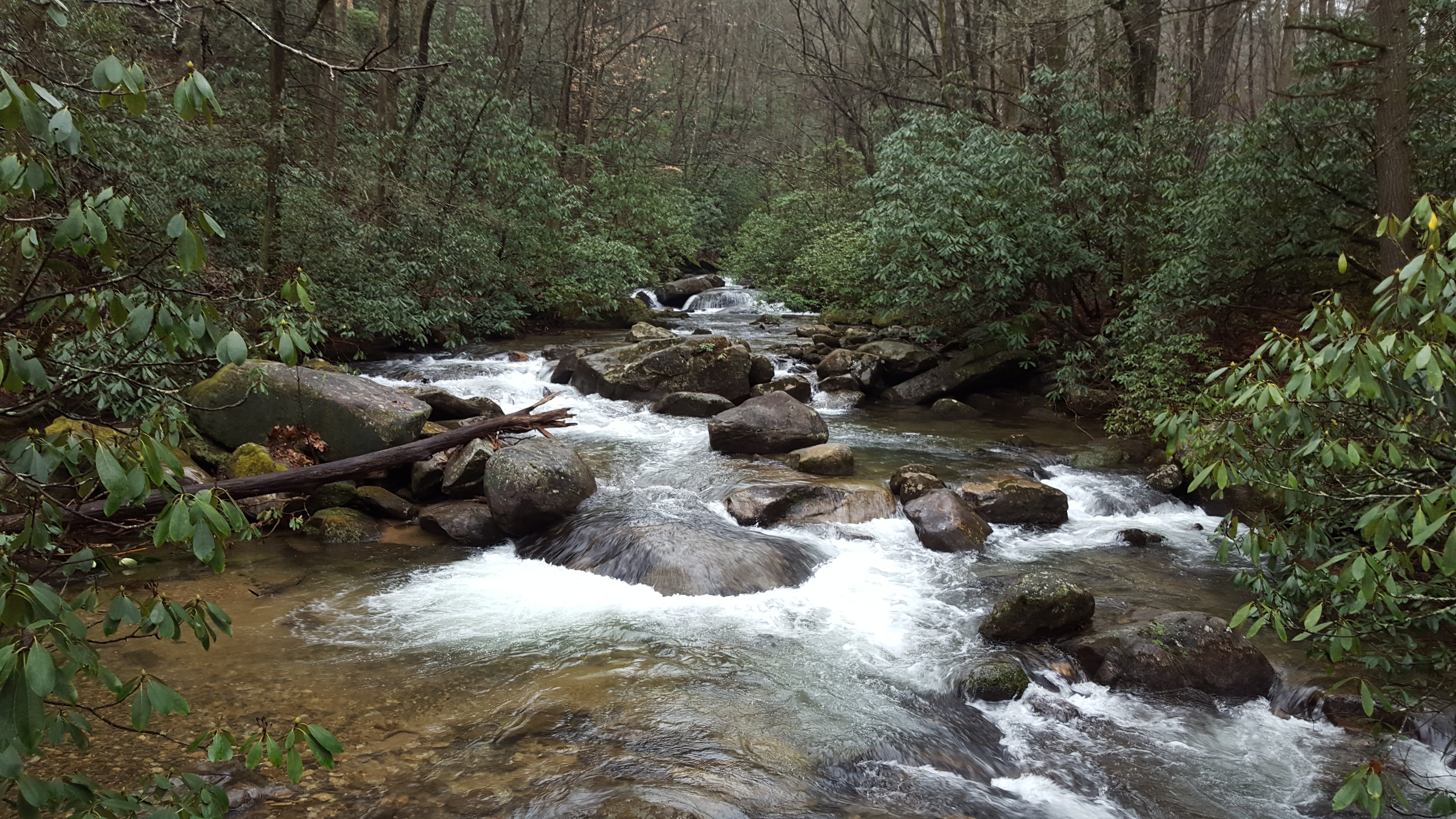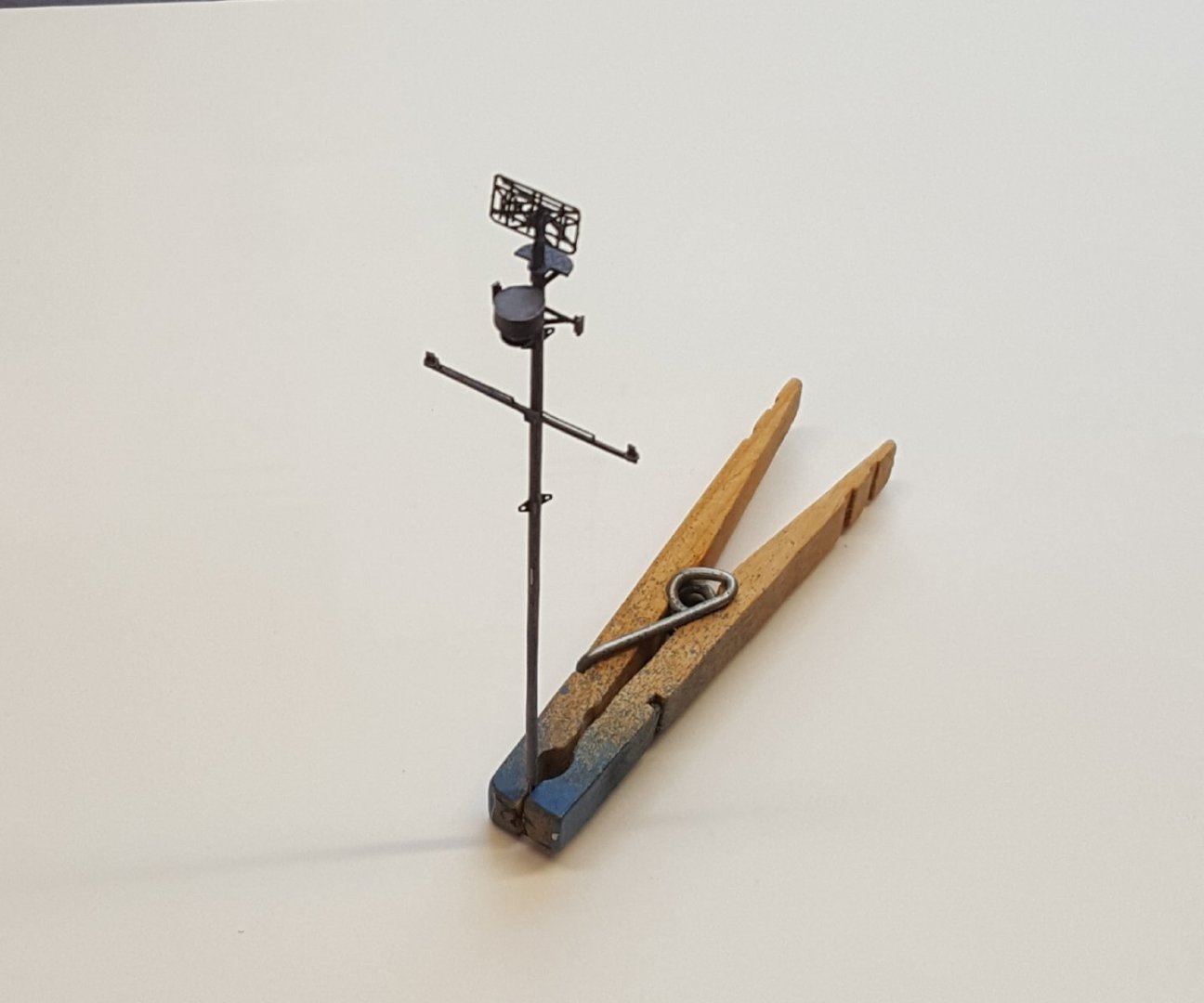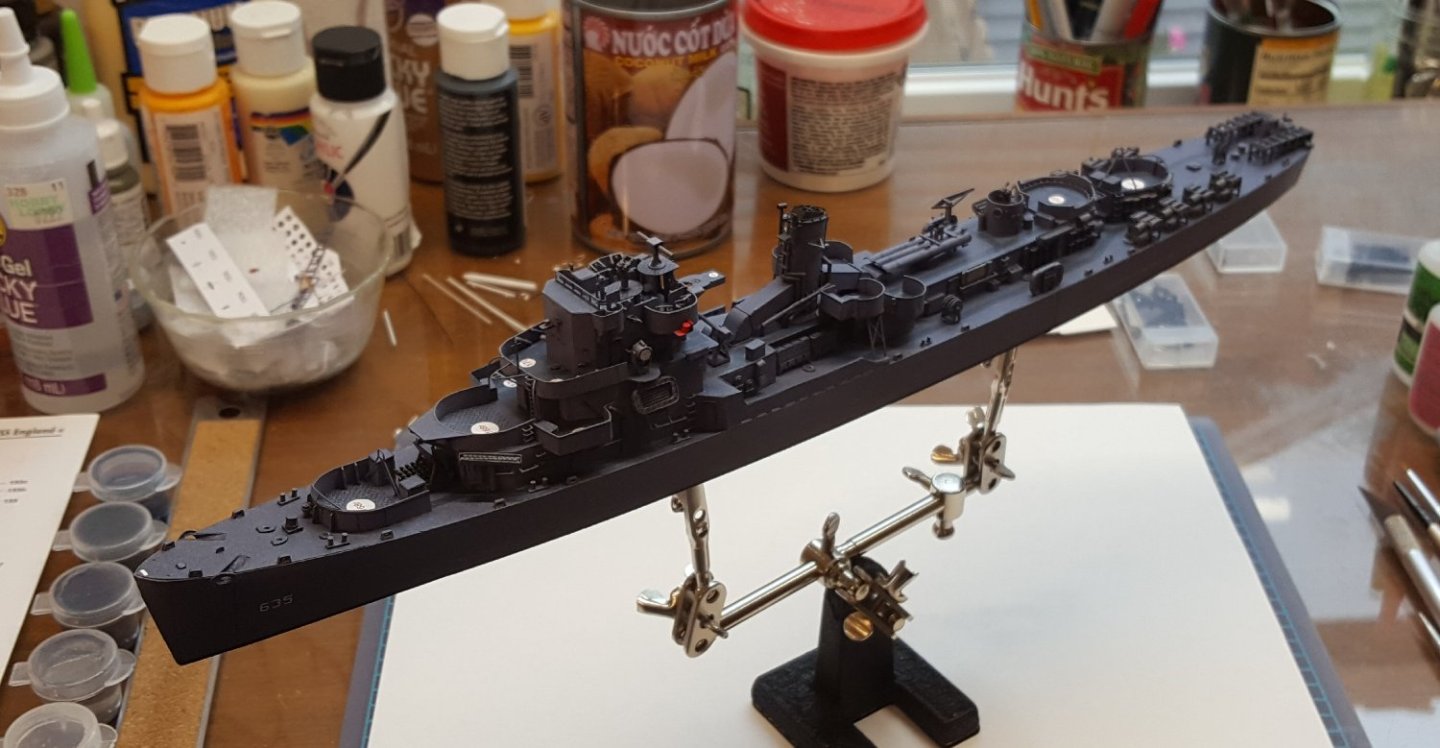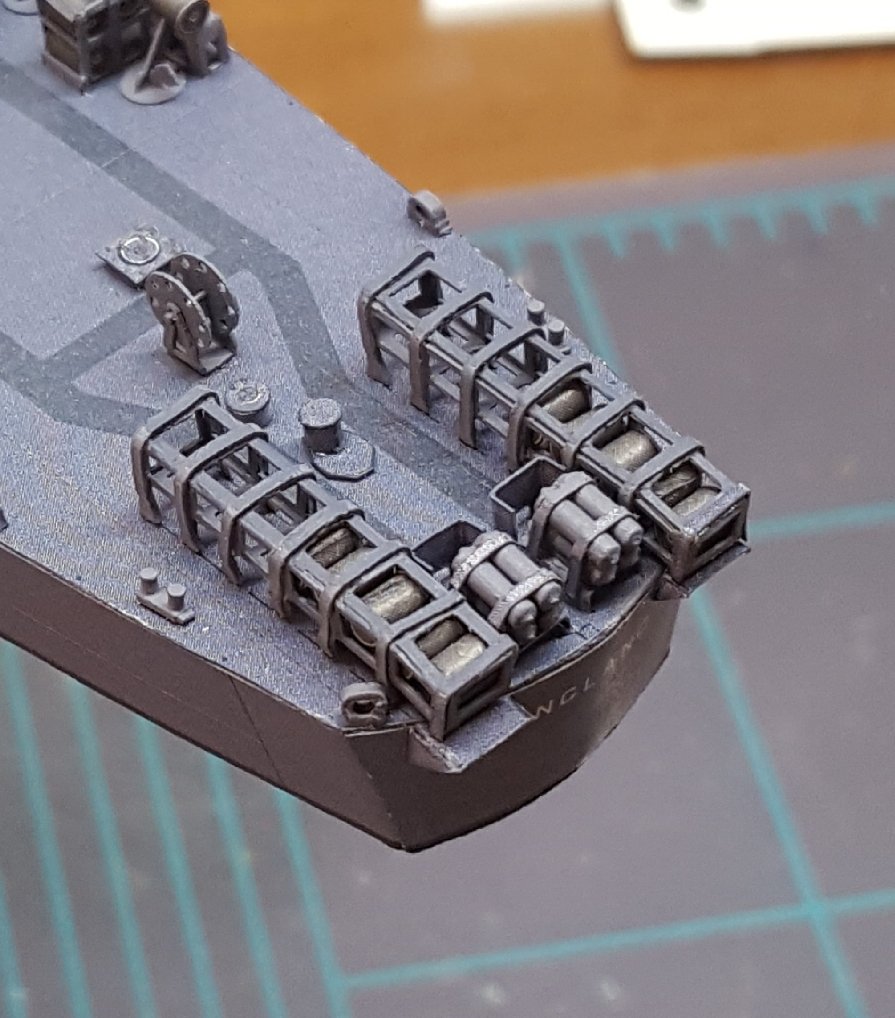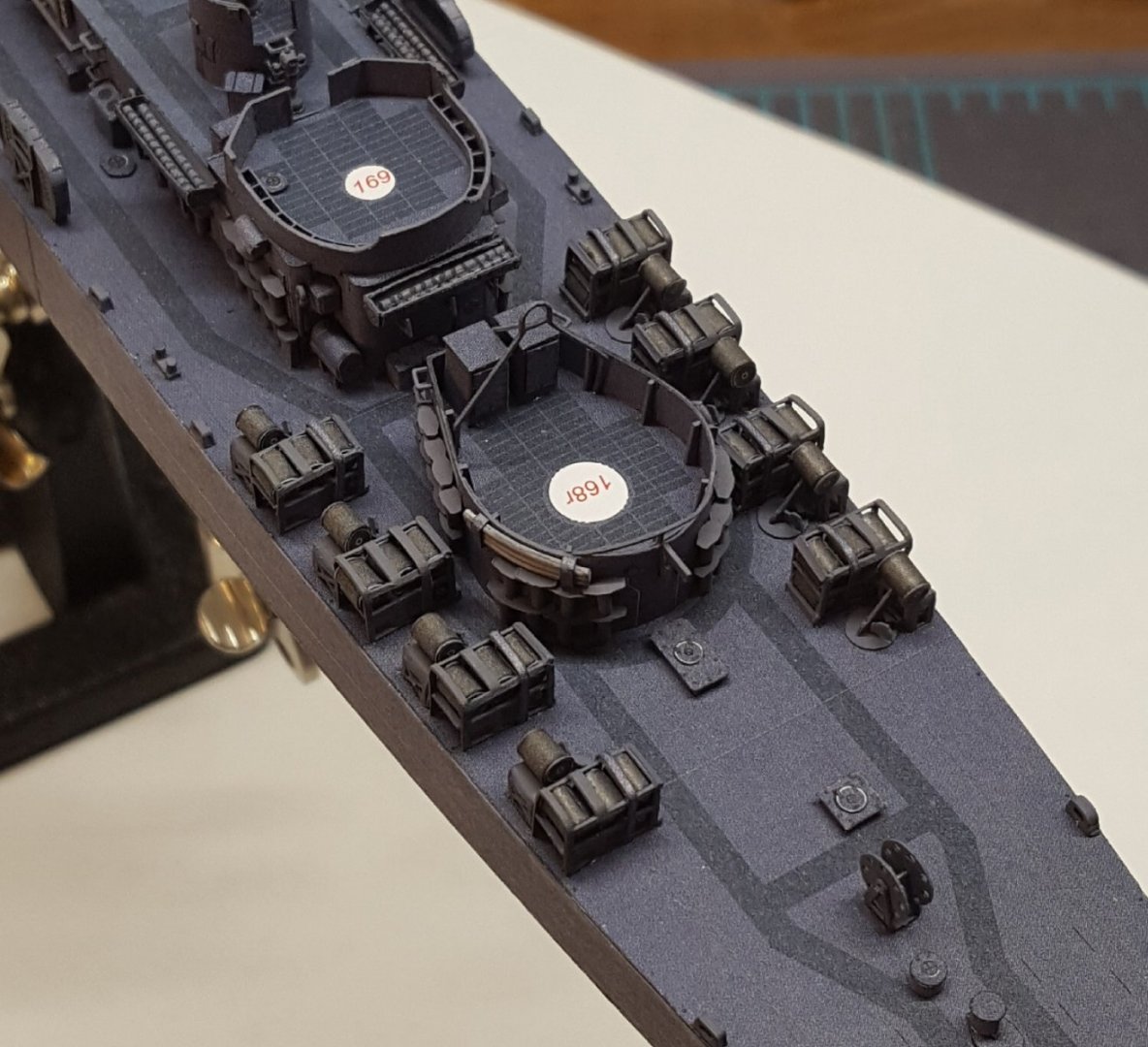-
Posts
10,426 -
Joined
-
Last visited
Content Type
Profiles
Forums
Gallery
Events
Everything posted by ccoyle
-
Welcome! Lovely display, though with all the seismic activity in Turkey I hope your display is anchored somehow! 😬
-

Pavel Nikitin 1:32 Captain John Smith's Shallop - Ships of Pavel Nikitin
ccoyle replied to James H's topic in REVIEWS: Model kits
Certainly appears to be a great value. -

Bristol F.2B WW1 Fighter by CDW - FINISHED - Eduard - 1:48 Scale
ccoyle replied to CDW's topic in Non-ship/categorised builds
Yep. As has been stated elsewhere, toss in the joys of flying around in a highly flammable, unarmored, unheated, unpressurized, castor oil-spewing target with no self-sealing fuel tanks, no fire suppression system, and no parachute, and you can see why the life expectancy was so short. -
Step 25: Mast I have been making slow progress on the mast -- a few bits here, a few bits there. The instructions recommend assembling the mast on the model. Building off the model is listed as an option. I have chosen an in-between method. Many of the athwartships elements can be added and allowed to dry with the mast lying flat. Eventually, though, some fore-and-aft elements are going to have to be added, and at that point the mast will have to be held vertical, as seen in the photo. When I get to the point where I think I can no longer handle the mast without knocking stuff off, I'll add it to the model and then add the final bits. The main mast is a length of steel rod clad in paper; the bits so far added bring the parts total to 37. Still plenty more to do! Oh, and Egilman's drawings confirm something I at first thought was kind of odd: the navigation lights on the mast are perpendicular to the waterline, not parallel to the mast rake.
-
NOW HEAR THIS! Friends, MSW requires that your gallery images be posted in named gallery albums. Loose gallery images (i.e., not in albums) are periodically cleaned out (i.e., DELETED). Please note the relevant instruction posted at the top of each gallery: That means that @Mirabell61, @Jason Builder, @Richardp6, @RacerToo, @reklein, @Mark Lynch, @East Coast Oyster Sharpie, @Menne Kosian, @Rvandg, @Frank L., @cliff coppen, @Carlo Farina, @Peter6172, @Angler84, @closehaul, @bear, and @cihat karatas: YOU ARE CURRENTLY AT RISK OF HAVING YOUR LOOSE GALLERY IMAGES DELETED. Please move them into albums soon! If you need help with creating an album, contact a moderator. Thank you!
-

Bristol F.2B WW1 Fighter by CDW - FINISHED - Eduard - 1:48 Scale
ccoyle replied to CDW's topic in Non-ship/categorised builds
That was my first guess when I saw his picture. My daughter works for a breeder (Crockett Doodles), and that's one of the 'designer dogs' they offer. I sometimes tease my daughter that back in our day they were called "mutts," but there's no denying they can be very cute. -

Hello from Minnesota, a few modeling questions
ccoyle replied to Scratchie's topic in New member Introductions
Welcome aboard, Scratchie! -
I also just found out that there is a volume on England in the Conway Maritime Press AOTS series.
-
Ah, I see now. Part of the difficulty in determining the orientation stemmed from the fact that most WW2-era photos online, even large ones, are quite grainy, and the fine details of the "mattress spring" type air search radar don't show up well in the photos. On top of that, most of the photos I did find seemed to have caught the radar pointing aft instead of forward, hence the confusion. What I do think I'm going to need is some kind of reference material that shows a much more detailed view of the rigging details (still searching for that). The diagrams in the kit are practically useless, because in the provided views the lines cross each other numerous times, as well as crossing other ship details such as railings, so it is nearly impossible to tell which lines lines attach where and where they route to. Gonna be a fun job. 😧
-
Your images tipped me off to the fact that I glued the air search radar antenna on backwards. 😥
-
Step 24 is now completed. The jackstaff at the stern was the last addition. I had some problems with it. Problem #1 is that my cheap tweezers ka-pinged my first attempt into another dimension. Problem #2 was noticed when looking at some images online trying to figure out the placement of the stern navigation light -- turns out that I built the lower part of the staff structure wrong, resulting in a staff that is too short. But by that time, everything was rock-solidly secured with CA, so now it is what it is. Sometimes this model feels like "death by a thousand imperfections." I have now moved on to the mast, which with its numerous components is scary as all get-out. Not the least of the questions to be resolved will be the rigging, since there is no sort of step-by-step or color-coded sequence given for the spider's web of lines. Here is a shot of England in her present state:
-
Stern racks completed. These were a real booger - I'll be happy to never build racks from card again 😬 I had two options: 1. Build them from the printed parts, which requires cutting out the spaces between frames, unless one wants to build simplified racks. 2. Use the laser-cut racks in the detail set. I tried both methods, and neither proved ideal. Both types of parts proved difficult to fold and did not hold a crease well. Ultimately I ended up using the laser-cut racks, but had to cut them into individual pieces (i.e. tops, sides, etc.) and then glue them together again -- very tedious. The "legs" on the racks consist of seven individual parts that must be added to each finished rack; the legs wrap around the racks and are nearly impossible to align correctly (some 'surgery' was necessary). So -- frustrating, but done. The cylinders are printed resin parts. PS: please don't notice that the port-side rack is placed slightly too far forward.
-

Bristol F.2B WW1 Fighter by CDW - FINISHED - Eduard - 1:48 Scale
ccoyle replied to CDW's topic in Non-ship/categorised builds
It's a weird lay, to be sure, but one can't argue with success, and the F.2b was very successful. -
Welcome aboard!
-
Very nice! Since this is really a build log, albeit in video format, I have moved it to the proper area. Cheers!
- 7 replies
-
- Winston Churchill
- Billing Boats
-
(and 1 more)
Tagged with:
-

F4U-1A Corsair by DocRob - FINISHED - Tamiya - 1/32
ccoyle replied to DocRob's topic in Non-ship/categorised builds
Which looks great so far!
About us
Modelshipworld - Advancing Ship Modeling through Research
SSL Secured
Your security is important for us so this Website is SSL-Secured
NRG Mailing Address
Nautical Research Guild
237 South Lincoln Street
Westmont IL, 60559-1917
Model Ship World ® and the MSW logo are Registered Trademarks, and belong to the Nautical Research Guild (United States Patent and Trademark Office: No. 6,929,264 & No. 6,929,274, registered Dec. 20, 2022)
Helpful Links
About the NRG
If you enjoy building ship models that are historically accurate as well as beautiful, then The Nautical Research Guild (NRG) is just right for you.
The Guild is a non-profit educational organization whose mission is to “Advance Ship Modeling Through Research”. We provide support to our members in their efforts to raise the quality of their model ships.
The Nautical Research Guild has published our world-renowned quarterly magazine, The Nautical Research Journal, since 1955. The pages of the Journal are full of articles by accomplished ship modelers who show you how they create those exquisite details on their models, and by maritime historians who show you the correct details to build. The Journal is available in both print and digital editions. Go to the NRG web site (www.thenrg.org) to download a complimentary digital copy of the Journal. The NRG also publishes plan sets, books and compilations of back issues of the Journal and the former Ships in Scale and Model Ship Builder magazines.

